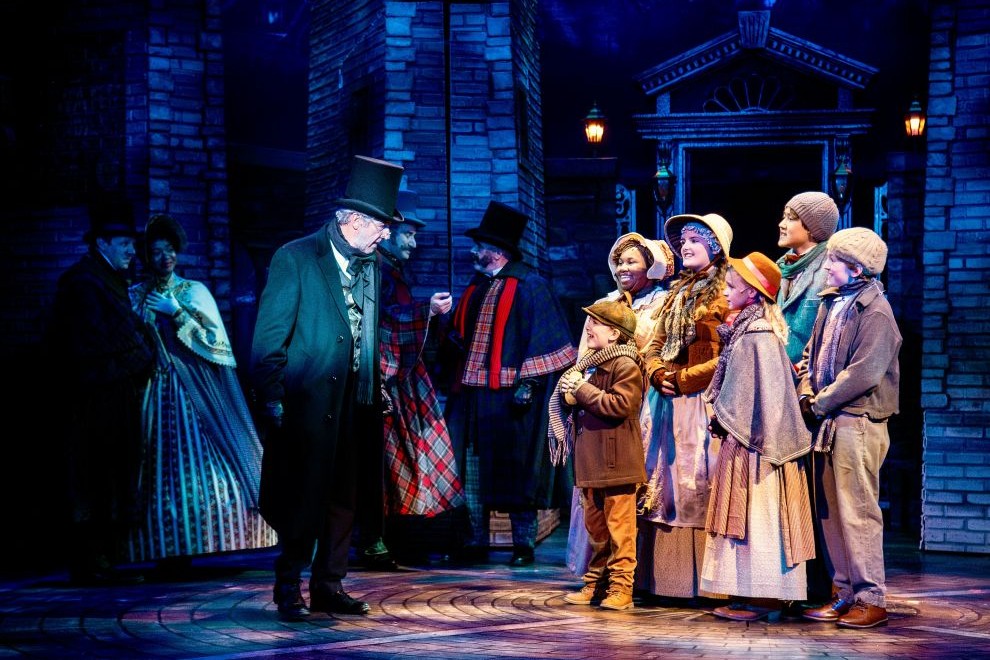 Every May, I like to feature titles specifically with mothers in mind. Some previous titles highlighted at Parenting by the Book include The Balanced Mom by Bria Simpson, Battle Hymn of the Tiger Mother by Amy Chua, and What Happy Working Mothers Know by Cathy Greenberg and Barrett Avigdor. So when I found out about How Eskimos Keep Their Babies Warm by Mei-Ling Hopgood, I thought it’d be the perfect fit to continue this trend. While there is a chapter on “How the French Teach Their Children to Love Healthy Food,” which I already addressed when I blogged about one of my favorite parenting titles, Bringing up Bebe by Pamela Druckerman, for the most part Hopgood’s book offers news moms, in particular, a lot of great possibilities.
Every May, I like to feature titles specifically with mothers in mind. Some previous titles highlighted at Parenting by the Book include The Balanced Mom by Bria Simpson, Battle Hymn of the Tiger Mother by Amy Chua, and What Happy Working Mothers Know by Cathy Greenberg and Barrett Avigdor. So when I found out about How Eskimos Keep Their Babies Warm by Mei-Ling Hopgood, I thought it’d be the perfect fit to continue this trend. While there is a chapter on “How the French Teach Their Children to Love Healthy Food,” which I already addressed when I blogged about one of my favorite parenting titles, Bringing up Bebe by Pamela Druckerman, for the most part Hopgood’s book offers news moms, in particular, a lot of great possibilities.
There are a few chapters in the first half of Hopgood’s book that really stood out to me. I probably enjoyed “How Kenyans Live Without Strollers” because I always felt my kids lingered in strollers way longer than they should have. I remember a trip to Water Country U.S.A. when the friends we were visiting the water park with left theirs in the trunk, on purpose. The mother remarked, “Isn’t the point for them to get exercise?” Of course, it was. Granted, it can be easy to forget when everyone else’s kid is kicking back in a stroller and yours is whining about walking, but how had I missed that?
In the case of Hopgood’s stroller example, she’s actually referring to the first year, when mothers in Kenya carry their babies instead of pushing them in strollers. Hopgood combines anecdotes with interesting research that indicates American babies spend 2/3 of their days out of the reach of a caretaker versus Korean babies, who in stark contrast, spend less than 8% of their day alone. According to Meredith Small, author of Our Babies, Ourselves, this is why American babies cry more than others around the world.
Hopgood also explains strollers were actually invented not to take the load off women in terms of carrying babies but “rather as an aesthetic indulgence for English royalty during the 1730s.” This has had long-term implications. According to Hopgood, “In 2002, the National Association for Sport and Physical Activity (NASPA) task force on infant and preschoolers physical activity warned that too many children were being confined in ‘containers,’ such as strollers, baby seats, and playpens for too long.” Hopgood describes how the NASPA believes this has contributed not only to the growing weight problem among children but also delays in children’s physical and cognitive development.
In “How the Chinese Potty Train Early, ” Hopgood explains how “many Chinese parents have their children potty trained to some degree before the age of eighteen months, if not much sooner.” She explains as far as some Chinese parents are concerned, “Waiting until a child is ready can be an expensive, if not absurd, notion.” Hopgood goes on to remind readers that American parents didn’t always wait until two or three to train either. It was the rise in disposable diapers that made it possible. With manufacturers happy to offer large sizes and extra absorbency, the necessity to potty train just becomes less and less. But when you consider that, according to the Clean Air Council and the Environmental Protection Agency, it takes about 450 years or more for a disposable diaper to decompose it certainly seems like a change that benefits us all.
All in all, I think Hopgood’s observations of parents around the globe are fascinating ones. I look forward to reading the rest of How Eskimos Keep Their Babies Warm and blogging about her chapters on “How Polynesians Play without Parents,” “How Mayan Villagers Put Their Kids to Work,” and “How Aka Pygmies Are the Best Fathers in the World” later in May.
Follow @WinterhalterV on Twitter for updates on blog posts or like Parenting by the Book on Facebook.




